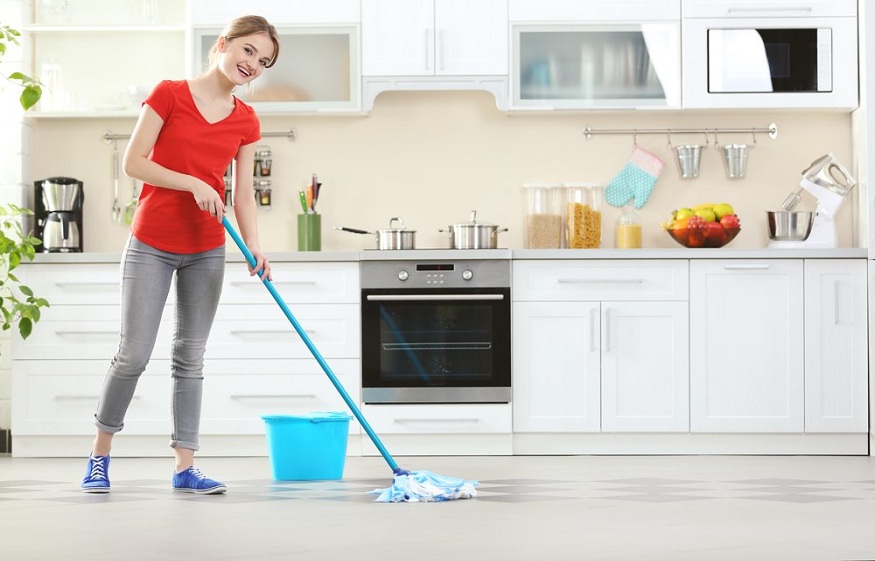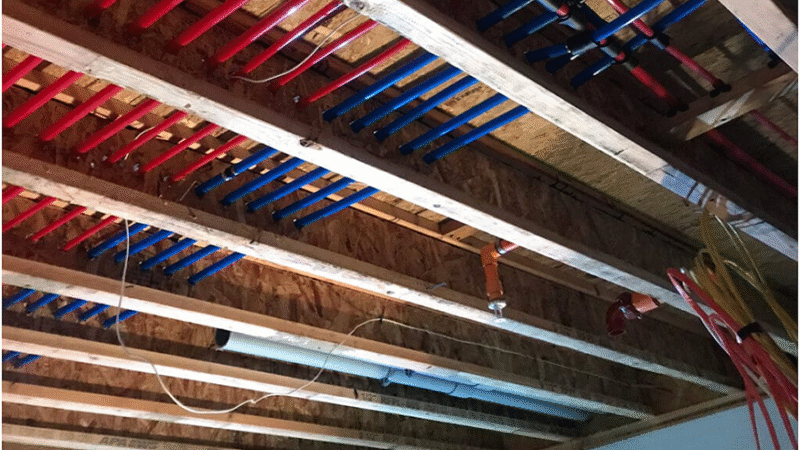Natural Stone Floor Cleaning and Sealing

Natural stone surfaces in your house, such as flooring, countertops, and fireplaces, may be cleaned and sealed using the information provided in this article. Thus, you may be confident that they will not be damaged by contact with water or moisture.
When properly prepared and sealed, a natural stone surface may dramatically enhance the appearance of your home, whether you’re going for a modern, contemporary, or more classic design. Learn how to properly clean and seal natural stone floors and surfaces with the help of the information provided in the following sections.
How can you tell if a stone surface is sealed or not?
You may do this easy test to determine whether your floor, counter, or tile has been properly sealed. The “Water Test” is the name given to it.Pour a little water over your surface, smooth it out with your finger, and look at the results. Your surface has yet to be sealed if it has absorbed water! But if your surface is fine and repels water in the form of little spheres, then your surface has already been sealed.
What’s the Purpose of Stone Surface Cleaning?
Pores in natural stone items are filled with dirt, residues, dust, and filth. These pores must be thoroughly cleaned before applying any sealer.A milky white residue will form between the top of the stone and the bottom of the sealer if dirt or other debris is caught below the sealer. Complete removal of the sealer and a thorough cleaning are the only options for removing this after the sealer has been applied.
How to Clean a Stone Surface?
Cleaning and sealing stone surfaces is pretty straightforward. If there is still dirt on the surface, thoroughly vacuum it and then use a stone surface cleaner to get rid of it.
Most household cleaners may be made more effective by diluting the original concentrate. Depending on the surface you’re cleaning, you’ll need to adjust the amount of cleaner used. Terracotta, unpolished marble, and granite demand a harsher cleaning solution.
Weaker solutions are acceptable in most circumstances when the surface has been honing or polished (including limestone). The stone may be sealed when the dirt has been cleaned entirely.
When and why do you need to seal a stone surface?
Almost immediately, when a liquid is spilled on natural stone, it begins to discolor. These surfaces may be sealed to minimize lasting damage, but spills should be cleaned up as soon as possible to be on the safe side. Which sealant you choose and how you apply it is highly dependent on the sort of surface you’re trying to cover up.
To prevent the grout or adhesive from staining the limestone, sandstone, or terracotta surfaces, you need to protect them before laying the tiles. This is because these materials are very porous and are likely to soak up water from the grout or adhesive. Terracotta is an excellent example of this because of its high porosity. Before placing, seal the material by applying the sealant to the front, back, and sides.Finger marks may discolor the surface of limestone, which is especially susceptible, and gloves should be used while touching it.
After they’ve been set and grouted, granite, marble, slate, and travertine are sealed on the edges and the top. Before sealing these slabs, they must be carefully cleaned. Sealing granite and other stone kitchen worktops is essential to preventing fingerprints and water stains from forming on them.






